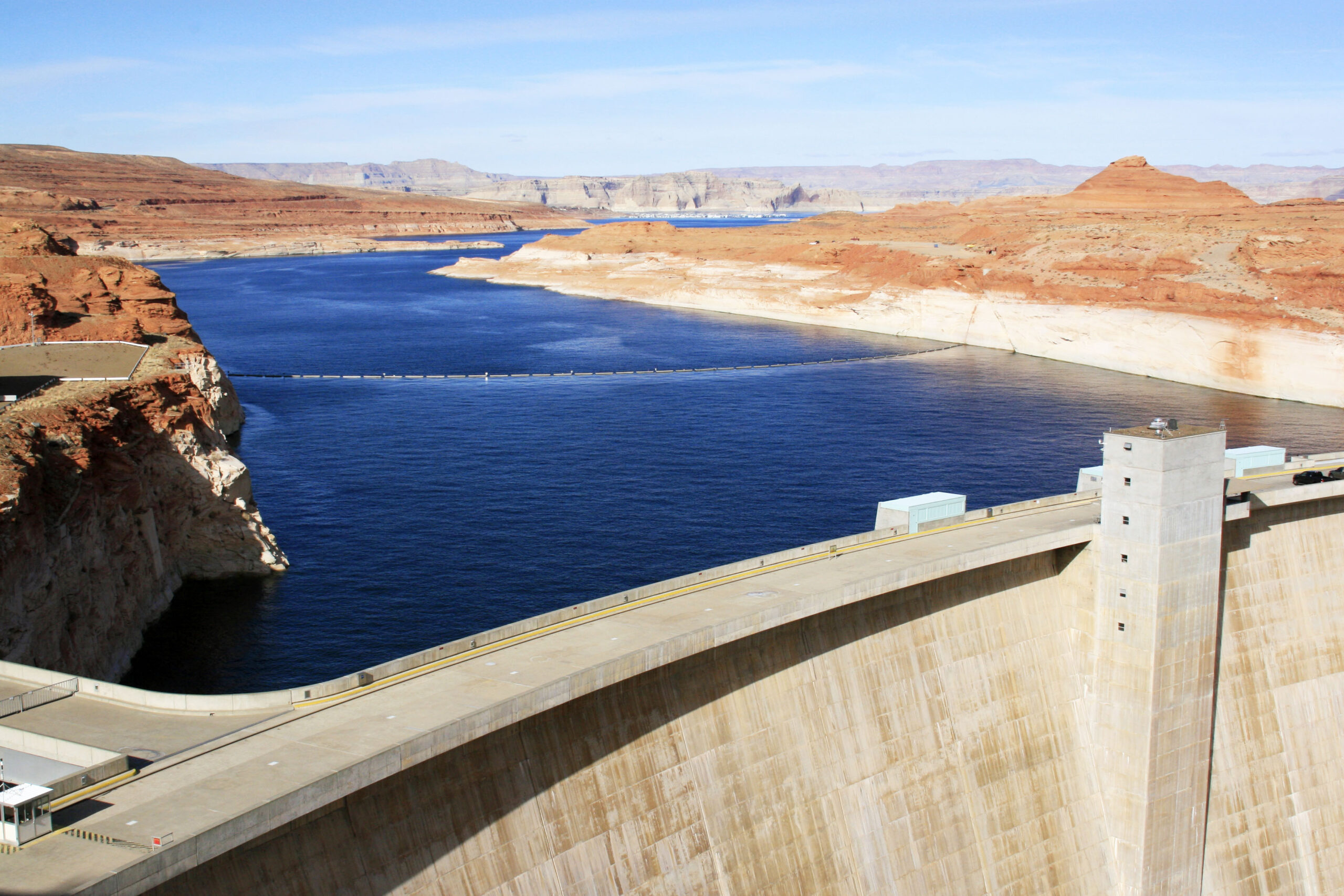Current Status of Lake Powell and Lake Mead Reservoirs
Current water levels, Lake Powell and Lake Mead
So, how are the current water levels faring in these reservoirs?
There has been limited snowpack melt in the upper basin at this time, so the current level of Lake Powell is 3,525 feet above sea level. This contrasts with a level of 3,560 at this time last year (05/2021). This gives us an average rate of decline over the last year of 2.95 feet per month.
In contrast, the current water level in Lake Mead is1,050 feet above sea level. At this time last year, Mead was at 1,076. The average rate of decline over the last 12 months has been 2.16 feet per month. The water level in Lake Mead has dropped so much recently, that some things are being exposed at the bottom of the Lake that were previously covered. Even human remains have been recently uncovered. Large numbers of fish skeletons can now be seen. Stone arches that were previously covered by the lake are now visible and one is now able to boat under them. Certain native american archaeological sites have begun to reappear.

Current status of lake inflows in 2022
Lake Powell receives most of its water from upstream rivers in Wyoming and Colorado. A small amount comes also from New Mexico.
According to the Colorado River Basin Forecast Center, it is estimated that Powell will receive about 64% of its average normal inflow this year.
Runoff in the Colorado basin has decreased roughly 20% since 2000, mainly due to climate change.
The two reservoirs are now at their lowest levels since construction.
Current Hydropower status at Lake Powell.
Powell’s hydropower production is currently at 68% of normal levels. The hydropower generated at the Glen Canyon Dam is dependent on the water pressure through the dam’s penstocks, which in turn, depends on the depth of the lake water. At a certain point, if the lake keeps dropping, there will not be enough water pressure to generate electricity. (see prev post.)

